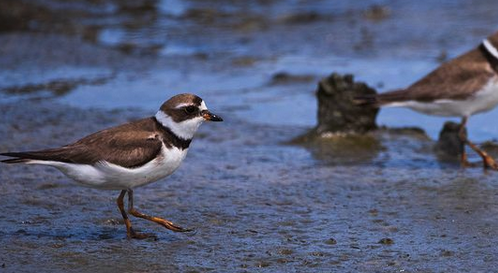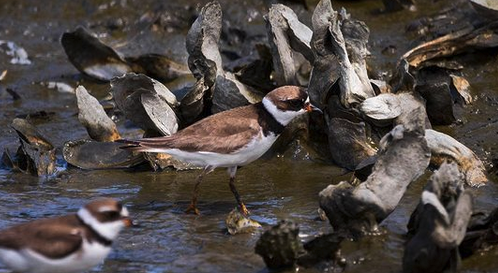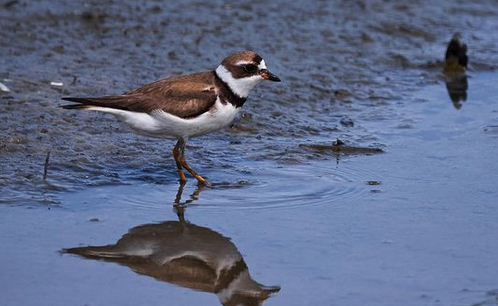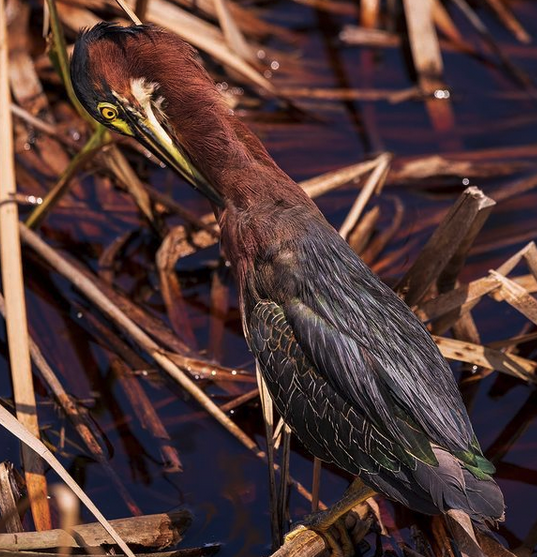Behold the cutest little bird in the Carolinas, the Semipalmated Plover!
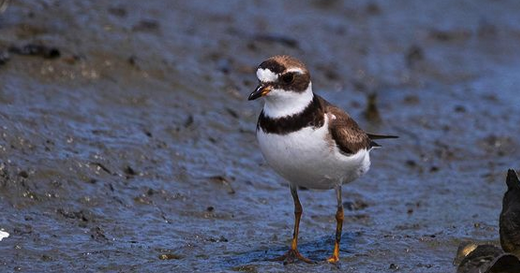
But what does “Semipalmated” even mean?
Well, it refers to the fact that they’ve got partially webbed feet.
I know it’s tough to see their toes in these photos but this webbing allows the birds to move about quickly in the shallow channels and puddles of water on the mudflats.
These tiny feathered dynamos are most often spotted in tidal marshes and beaches hunting for a meal in the mud and sand. Small birds with big appetites, they’re voracious eaters of insects and worms but will also gulp down small crustaceans and mollusks.
Though Semipalmated Plovers breed in the Arctic tundra, they are a semi-common sight in coastal areas of North Carolina during the spring and autumn.
A few even spend the winter here in our southeastern coastal counties so it’s well worth keeping an eye out for them in the months to come.
Photos by @sally_siko of @birdwatching_nc on the mighty mirrorless monster of a camera, the @canonusa
#R5

